Nestled in the verdant landscapes of Veracruz, Mexico, Cuyuxquihui stands as a testament to the Totonac people’s ingenuity and culture. This pre-Columbian archaeological site, with roots possibly dating back to the 10th century AD, beckons history enthusiasts and tourists alike. It showcases the Totonac’s advanced urban planning. Visitors can wander through the remains of plazas, ceremonial centers, and ball courts. These structures mirror the community’s social order and their intricate connection with the Mesoamerican world. Cuyuxquihui thrives today not merely as ruins but as a bridge to a vibrant, ancient past.
Totonac culture
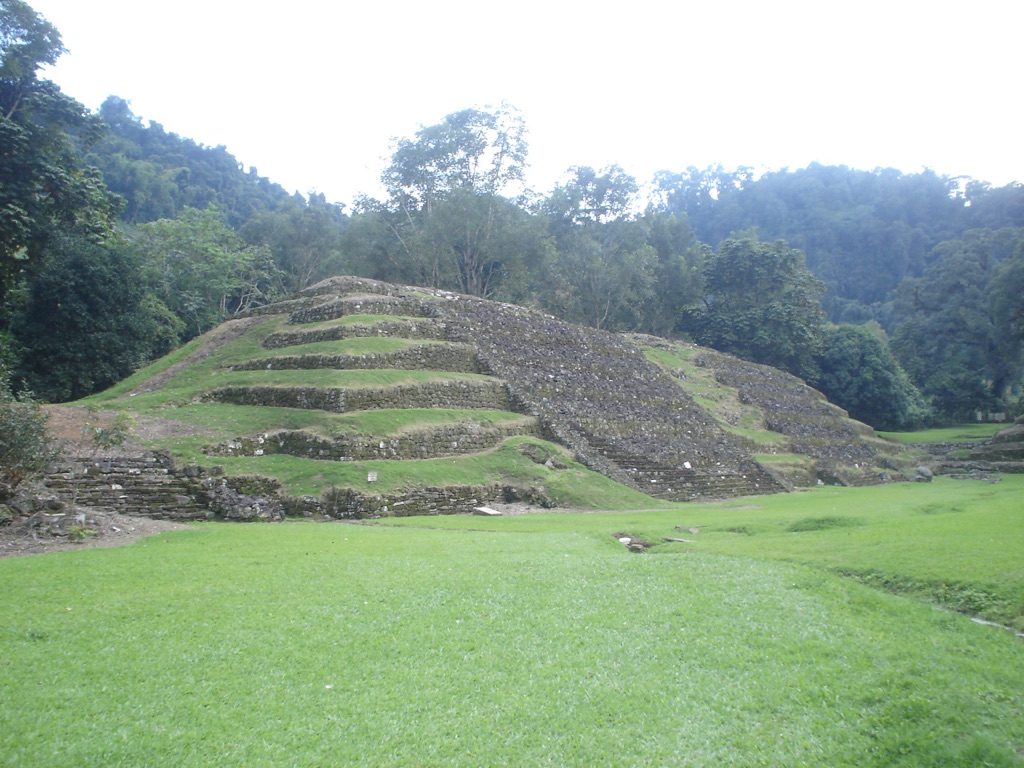
The Totonac culture, originating from the regions now recognized as the states of Veracruz and Puebla in Mexico, has been a significant contributor to Mesoamerican civilization since as early as 500 AD. This culture is renowned for its rich traditions and remarkable achievements in engineering and architecture, as evidenced by the impressive cities they built. Among these, the archaeological site El Tajín stands out, featuring an array of pyramids, palaces, and ballcourts. The site’s Pyramid of the Niches is a striking example of the Totonac’s architectural prowess. In addition to their architectural achievements, the Totonac people were skilled in ceramics and sculpture, producing artifacts that continue to amaze today. They were also the original cultivators of vanilla and engaged in complex religious ceremonies, some of which still inspire cultural festivities in contemporary times.
One of the most enchanting aspects of Totonac culture is the “voladores” ritual, or “flying men.” This ceremony involves performers climbing a tall pole, tying themselves with ropes, and then descending gracefully while rotating around the pole, symbolizing the creation of the world and reverence for the natural elements. Originating from the Totonac people, this ritual has been recognized by UNESCO’s Intangible Cultural Heritage list. Despite the challenges of being conquered first by the Aztecs and later by the Spanish, the Totonac culture continues to thrive, significantly influencing the region’s cultural essence. The emphasis on community and the preservation of their language and traditions have allowed the Totonac culture to remain a vibrant part of Mexico’s diverse heritage. Today, the legacy of the Totonac people, from their ancient cities to their living customs, captivates both Mexicans and international visitors, enriching the cultural landscape of modern Mexico.
The Totonacs are originally from the coastal and mountainous areas of eastern Mexico, particularly in what are now the states of Veracruz and Puebla. This region, rich in natural resources and with a favorable climate, provided an ideal environment for the development of their civilization. Historical sites and places such as El Tajín serve as a testament to their presence and ingenuity in these areas. The Totonacs made significant contributions to the Mesoamerican cultural mosaic, with their influence extending beyond their architectural and agricultural achievements to include a rich spiritual and religious life.
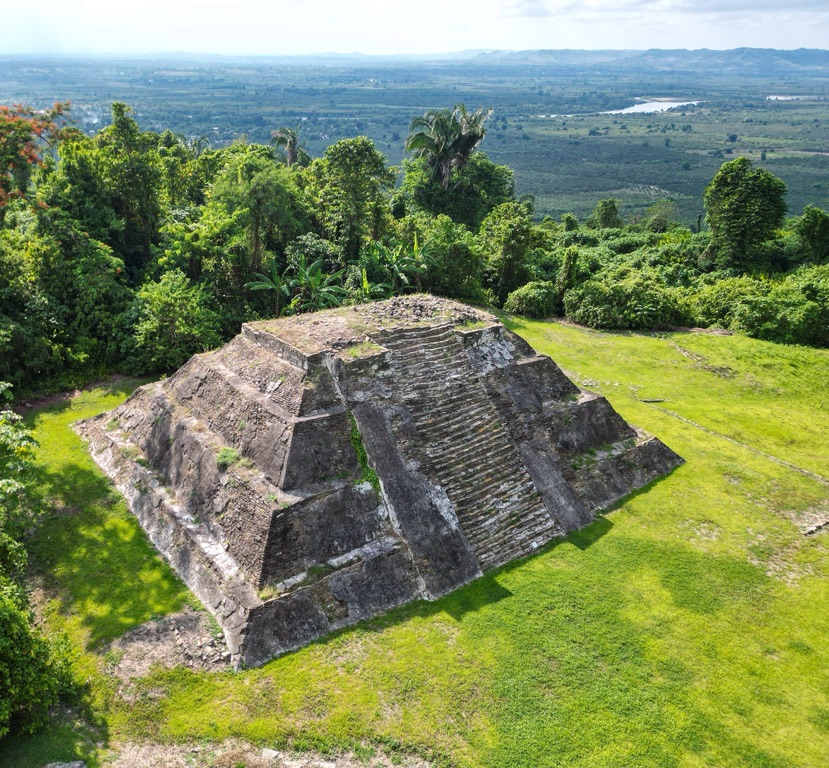
The religion of the Totonac people was polytheistic, with a pantheon of gods governing various aspects of the natural world and human life. These deities were honored through elaborate ceremonies and rituals, including the aforementioned “voladores” performance. Religious practices were deeply intertwined with their understanding of agriculture, astronomy, and the natural cycles, reflecting a profound reverence for the environment. Temples and ceremonial centers, many of which are key historical places today, played a central role in Totonac religious life, serving as sites for worship, sacrifice, and community gatherings.
Today, the Totonac people continue to inhabit their ancestral lands, maintaining a strong connection to their heritage while adapting to modernity. They are a living link to the past, preserving their language, traditions, and the essence of their culture through generations. The Totonacs today are active in promoting their history and cultural practices, ensuring that their legacy endures. They participate in cultural festivals, both locally and internationally, showcasing their traditions, such as the “voladores” ritual, to a global audience.
The word “Totonac” itself is believed to derive from the Totonacan language, though its exact meaning is subject to various interpretations. Some sources suggest it means “people of the hot land,” reflecting their tropical homeland, while others propose it signifies “people of the sun,” highlighting their deep connection to their environment and perhaps their cosmological beliefs. Regardless of the etymology, the name “Totonac” has come to symbolize a culture rich in history, tradition, and resilience, marking an indelible presence in the tapestry of Mesoamerican civilizations.
Combining the ancient with the contemporary, the Totonac people embody the living history of Mexico, from their historical sites and places like El Tajín to the enduring practice of their age-old rituals and the preservation of their unique way of life. Their contributions to architecture, agriculture, and art continue to influence not only their region but also offer insights into the broader narrative of human civilization in the Americas.
Explore the Totonac culture and their Historical Mesoamerican Architecture and Artifacts
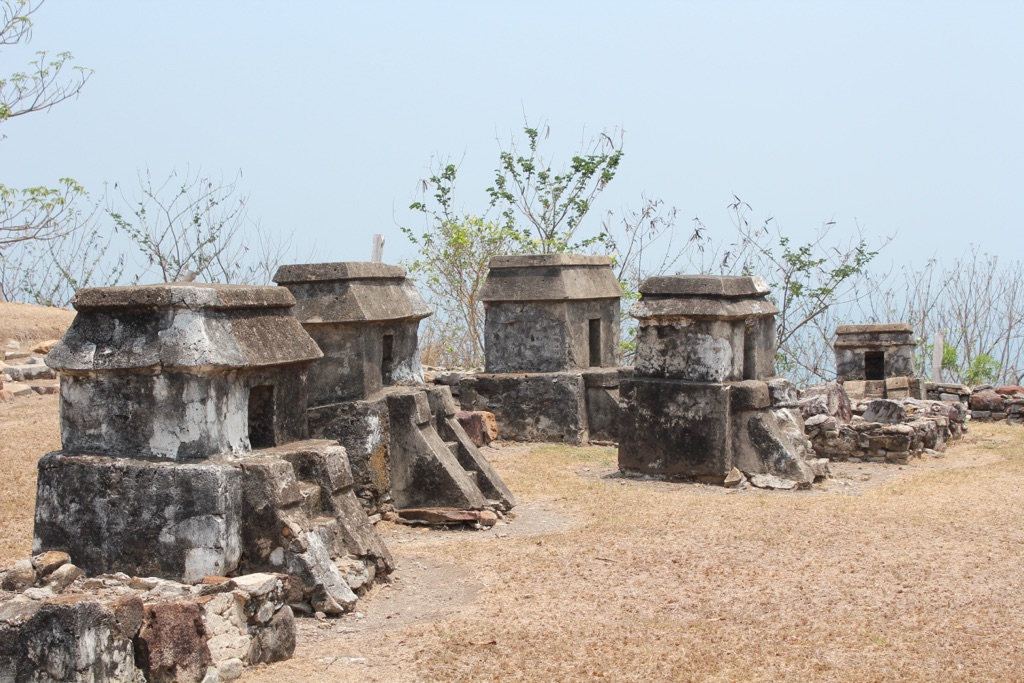
Quiahuiztlan
Quiahuiztlan is a notable historical site that stands as a witness to rich cultures from the past. It was once an ancient city-state, home to the Totonac people. Perched on the Gulf Coast of Mexico, it offers a glimpse into pre-Columbian history. The site includes impressive ruins set against green landscapes and clear blue skies. Travelers here feel a profound connection to its history. The Totonacs had a strong belief system and developed unique building techniques, evident in the site’s architecture. Quiahuiztlan tells the story of a civilization deeply connected to its land and deities. Its totemic temples and ceremonial plazas speak volumes about the people who thrived there.
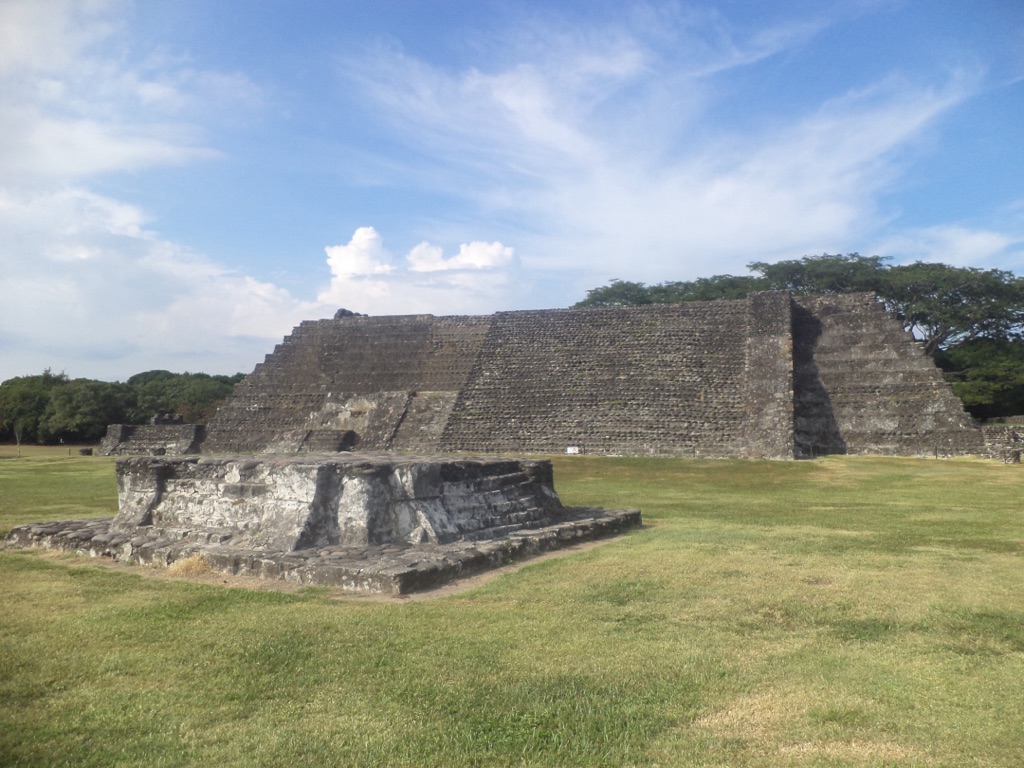
Cempoala (Zempoala) Veracruz Mexico
Cempoala, also spelled Zempoala, stands as a remarkable testament to Mesoamerican history. This ancient city, located in present-day Veracruz, Mexico, was once a major center of the Totonac civilization. Visitors are captivated by the impressive architecture and artistry displayed in its temples and buildings. These structures reflect a culture that thrived before Spanish conquest. Cempoala’s relevance is highlighted by the fact that it served as the first alliance for Hernán Cortés in his quest against the Aztec empire. The remains of this historical city now offer invaluable insights into pre-Columbian life and the complex relationships among indigenous civilizations.
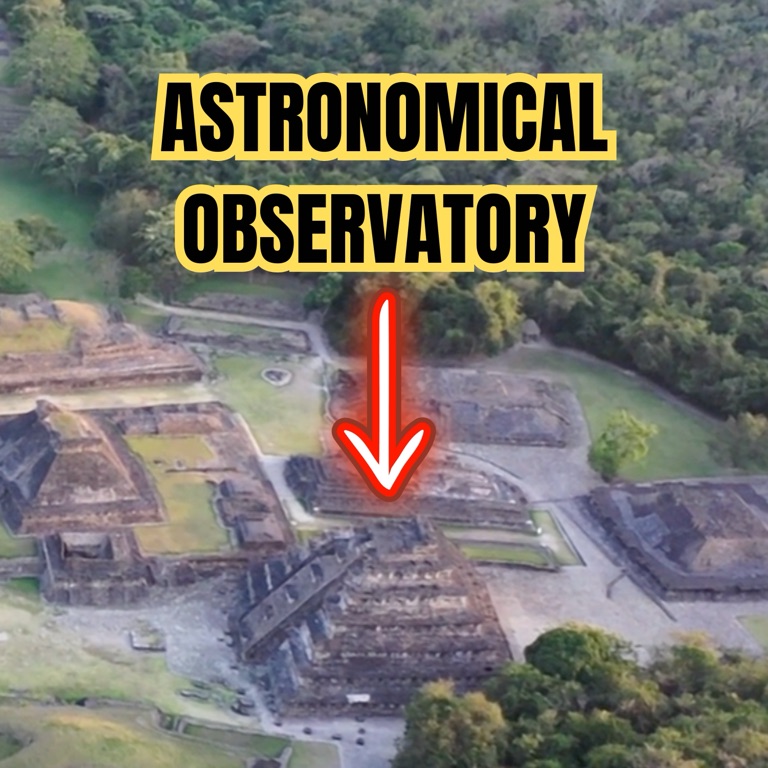
El Tajín – the Totonac Mexican Pyramid
El Tajín stands as a testament to the ingenuity of the Totonac people. Nestled in the lush landscapes of Veracruz, Mexico, this ancient city echoes with the stories of its past. El Tajín’s architecture showcases intricate designs and an advanced understanding of engineering. Visitors marvel at the iconic Pyramid of the Niches, famous for its precise structure. This site serves not just as a historical treasure but also a cultural nexus. El Tajín represents the Totonac civilization at its zenith, offering a unique window into pre-Hispanic life.
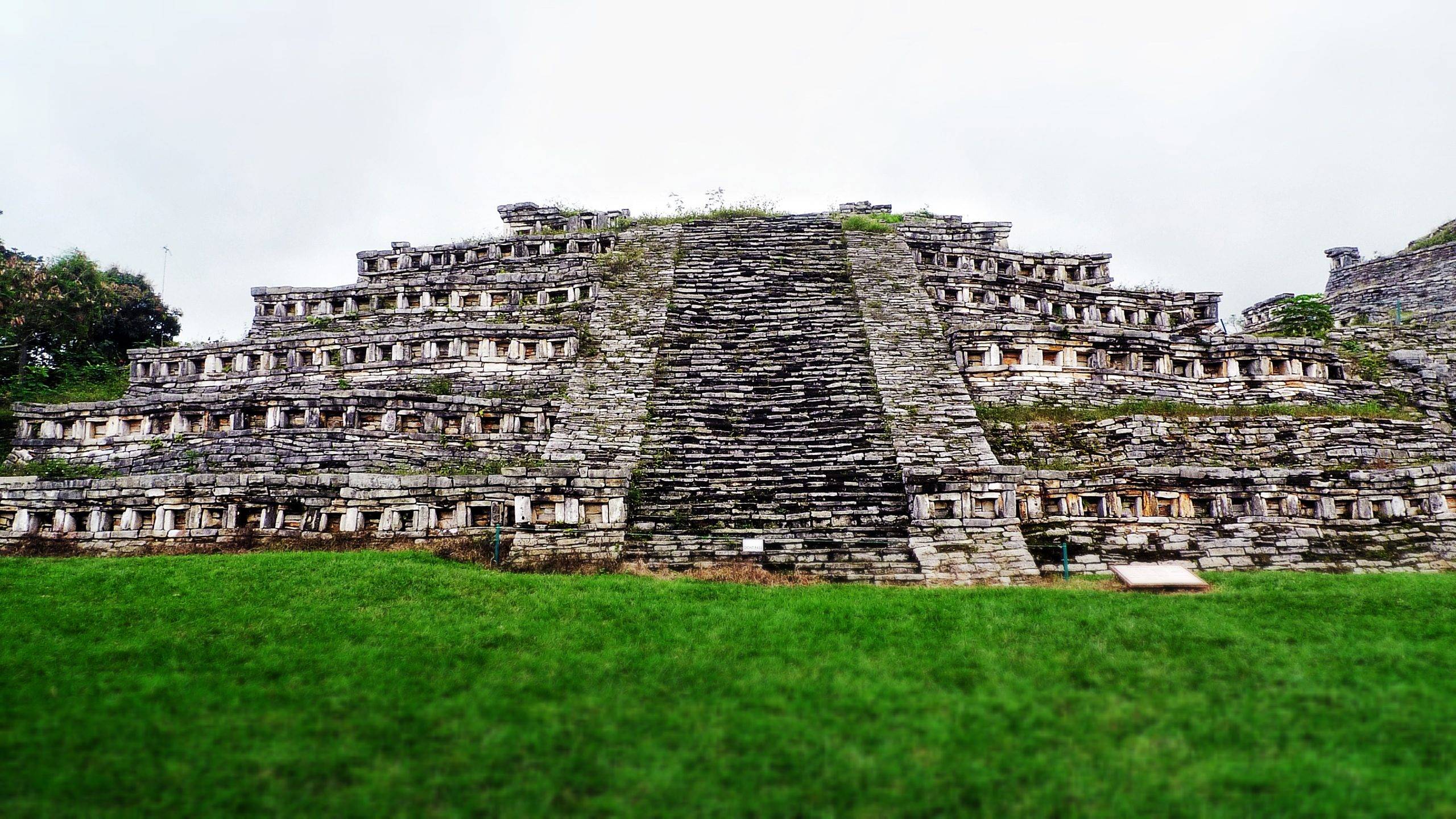
Yohualichan
Yohualichan, a name that translates to “the place of the night,” is an ancient archaeological site located in the northern hills of Puebla, Mexico. This fascinating site, once a flourishing city, is known for its intricate stone structures and its connection to the Totonac culture. Its unique architectural style and rich history make it a must-visit for any history enthusiast.
